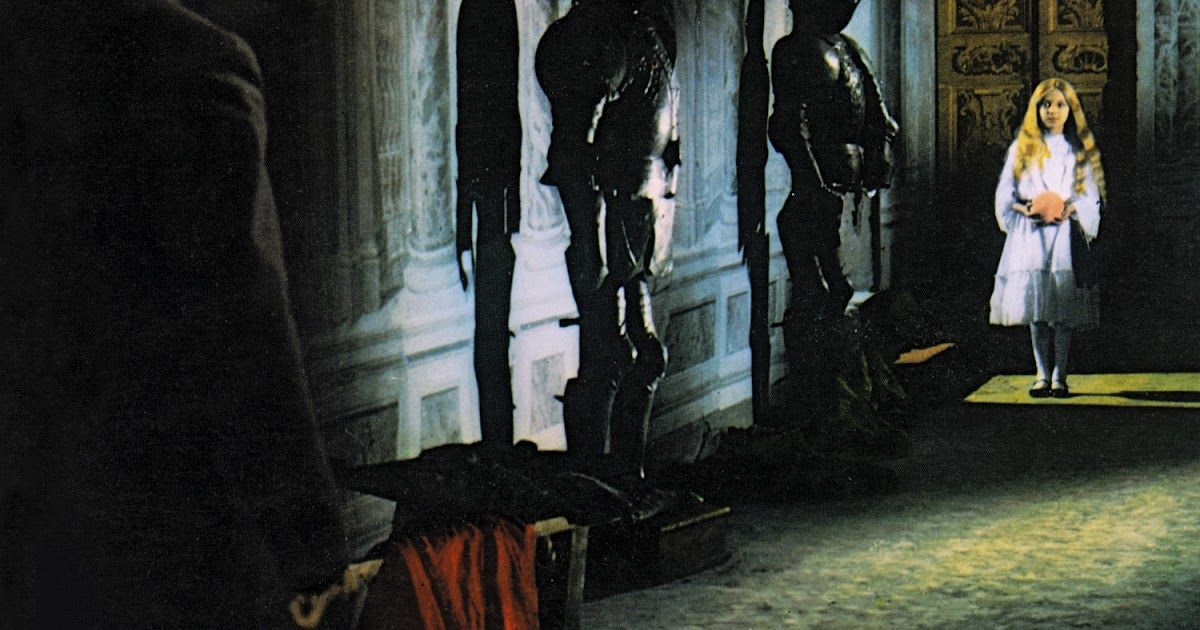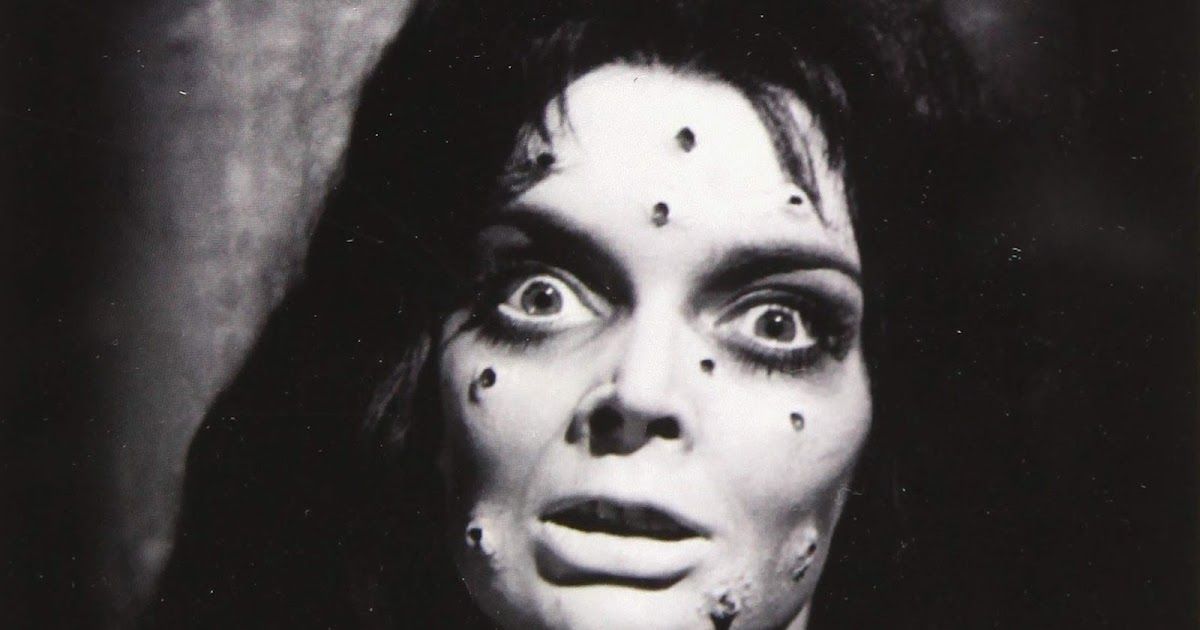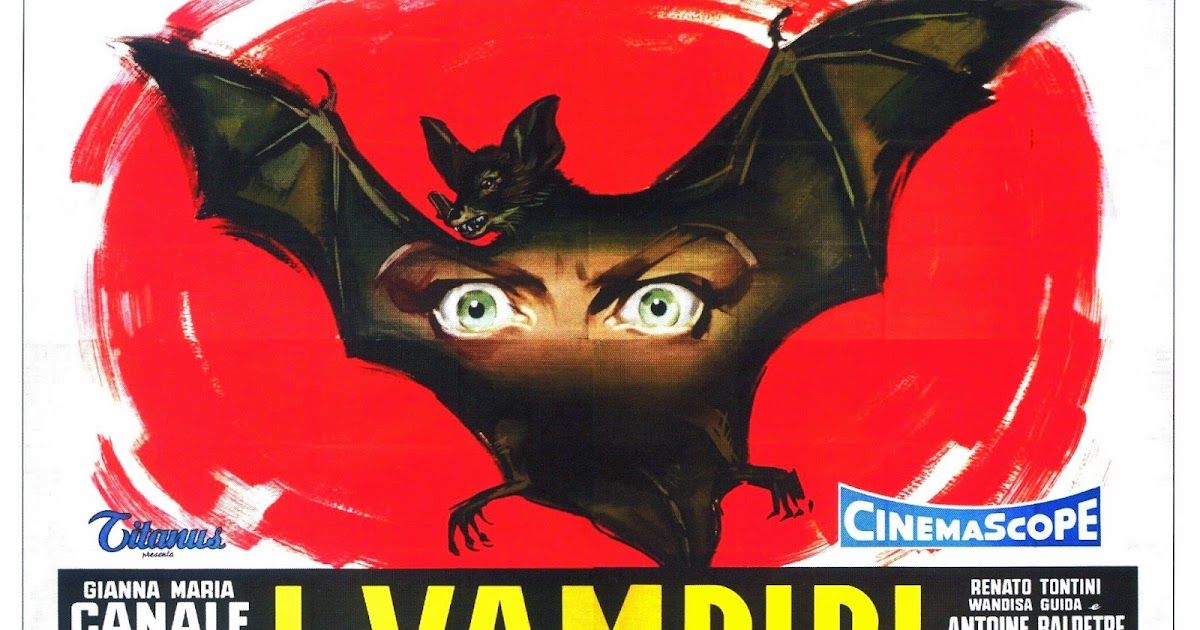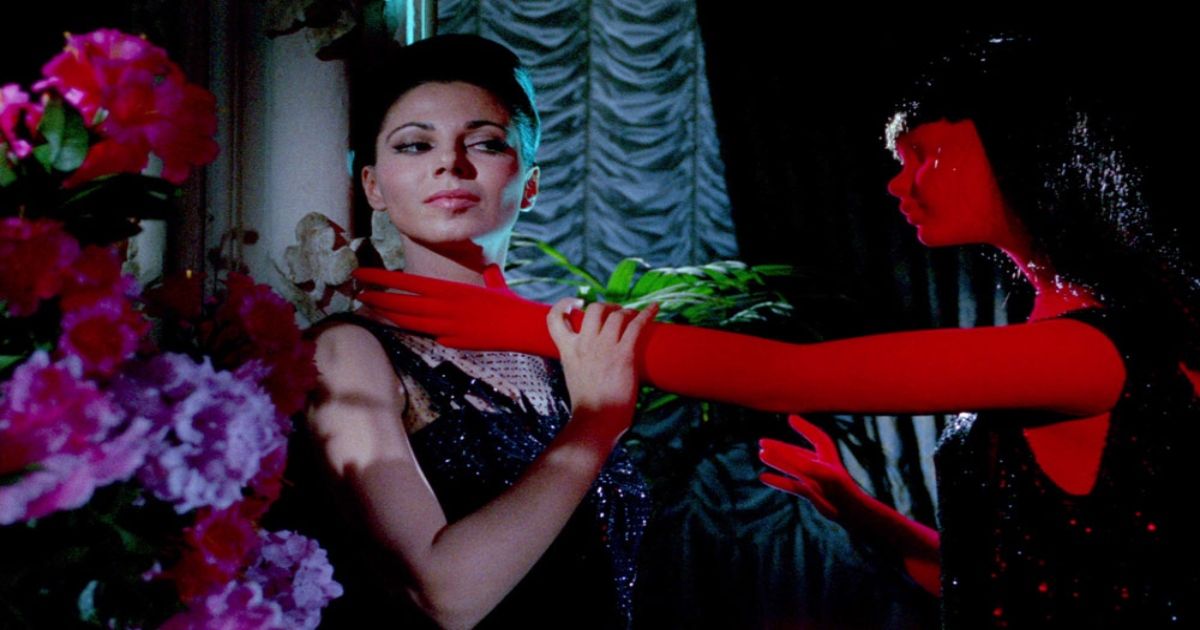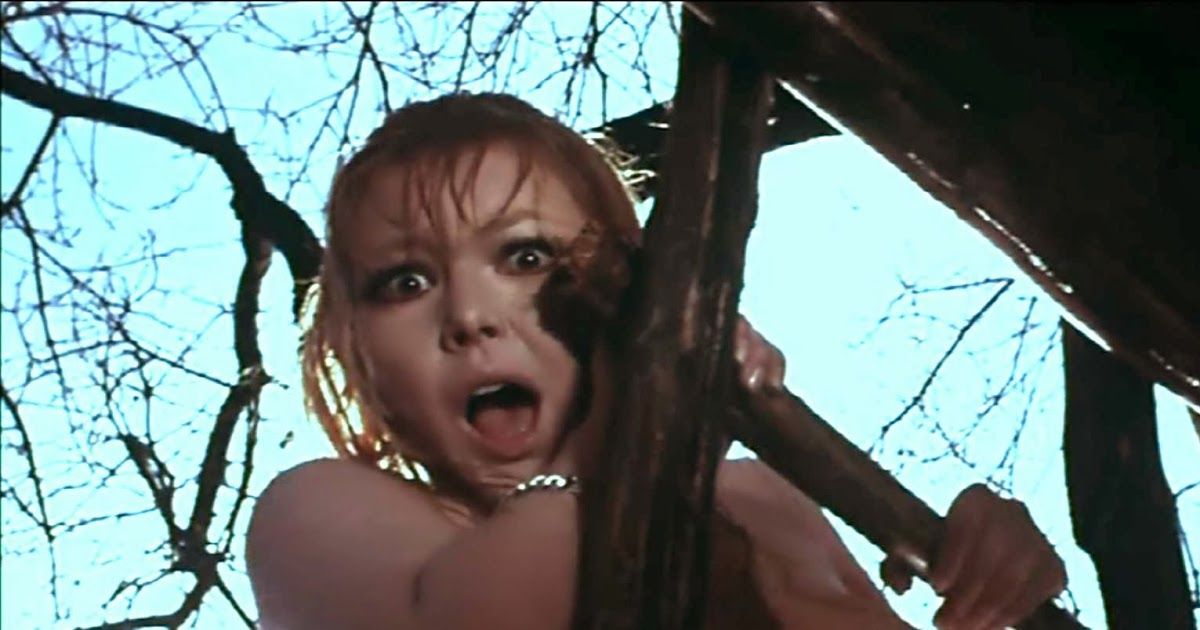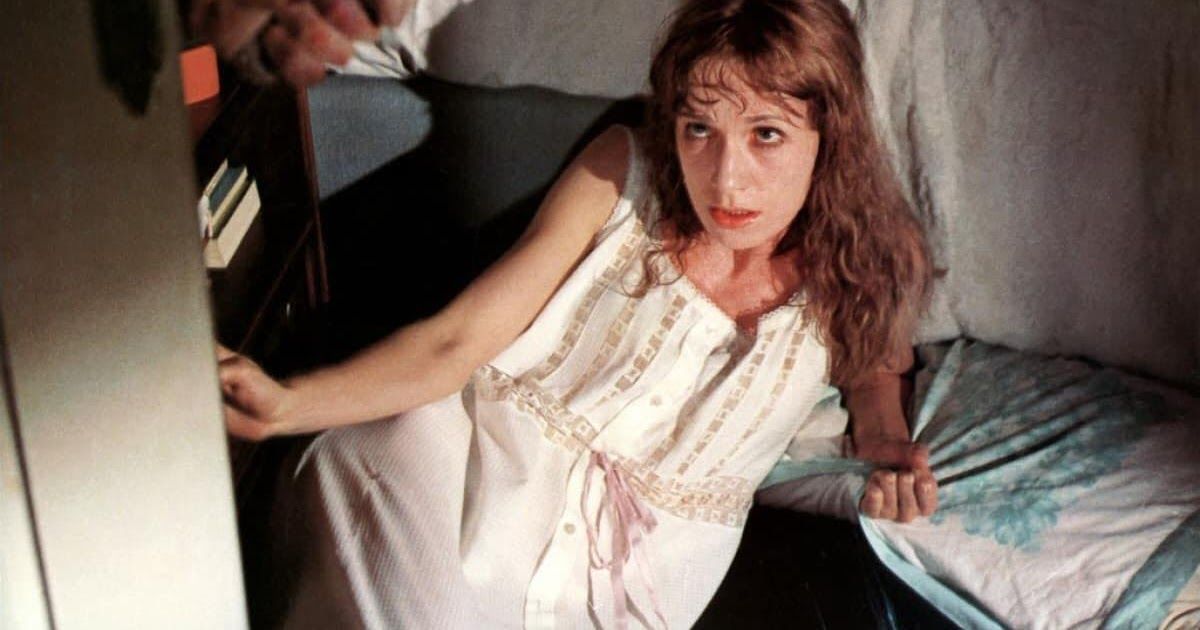So you call yourself a horror fan. You love Jordan Peele, Robert Eggers, Jennifer Kent, Guillermo del Toro, and Ari Aster. You can chat about the merits of George Romero, John Carpenter, Cronenberg, Raimi, and Craven, til the sun comes up. You prefer Dario Argento’s original Suspiria to the remake. But what do you know about Mario Bava?
Maybe you’re all caught up on the Master of Italian Horror; maybe all you’ve seen is the Mystery Science Theater 3000 episode with Danger: Diabolik. Either way, there’s no time like the present to learn more about the man who influenced so many film directors, especially those working in the horror genre.
His Non-Horror Roots
Bava was born in San Remo in 1914, and his father Eugenio was a cinematographer and special effects artist, so it was in the blood all along. His initial goal was to be a painter, but couldn’t find a way to make a profit, so he started working alongside his father, doing special effects at Istituto Luce, where propaganda films for the fascists in charge of Italy at the time.
By 1939, he’d begun working as a cinematographer, fortuitously shooting a couple of short films with Roberto Rossellini, and worked with some of the biggest stars of the day, like the recently deceased Gina Lollobrigida and Aldo Fabrizi of Rome, Open City. These connections served him well and kept him in steady work throughout the '40s and '50s, with feature credits both as a cinematographer and special effects artist, sometimes both.
Finishing Other Director’s Films, Making Them His Own
His career took an interesting turn in the late 1950s, when he began working uncredited on a number of films directed by Riccardo Freda, including Caltiki – The Immortal Monster, and 1957’s I Vampiri, which was the first sound Italian horror film. Freda left the production last-minute, leaving Bava, the cinematographer, to complete the film in only two days, which he did with aplomb, throwing in the necessary special effects. He also did cinematography and special effects for some famous entries in the Italian ‘sword and sandal’ genre, including Ulysses with Kirk Douglas. Along with Paolo Heusch, Bava directed the first Italian science fiction film in 1958, The Day the Sky Exploded, but due to his lack of previous directing experience, Heusch took sole credit.
Gothic Horror Classics
Bava’s solo directorial debut came in 1960, and ended up being one of his most famous films. Black Sunday (originally La mascha del demonio, or The Mask of the Devil) starred Barbara Steele as a Moldavian witch executed by her brother by hammering a bronze mask into her face. It’s a pity he didn’t follow through on burning her body, though, this omission allows her to return centuries later to wreak havoc and exact her revenge upon her brother’s descendants. The film wasn’t a success in Italy at the time, but fared well abroad, and was a strong influence on spaghetti Westerns and giallo films with its combination of beauty and graphic ugliness. Producers started asking Bava to make similar genre films.
Black Sunday was striking in black and white, but his future color ventures were simply stunning. The next few years saw the release of Blood and Black Lace, about a masked killer hunting down models in Rome, and The Whip and the Body, which starred horror superstar Christopher Lee in a tale of betrayal, ghosts, and sadomasochistic revenge that turned out to be a bit much for the Italian censors.
A Blood-Soaked Filmography
Bava was off and running. He continued to direct giallo films, most notably 1966’s Kill, Baby, Kill, about a Victorian-era Carpathian village that’s menaced by the vengeful ghost of a little girl killed by a runaway wagon 20 years earlier. It’s considered one of the greatest horror films of all time, and both Martin Scorcese and David Lynch have talked about its influence on their own films. A Bay of Blood is often deemed one of the first slasher films, and it qualifies as Bava’s most violent film, with shockingly gruesome special effects. Around this time, and possibly because of the increasing graphicness of his films, Bava had more and more trouble finding distribution. 1972’s Lisa and the Devil may have starred Telly Savalas, but the film had to be re-edited into something unrecognizable before securing a release. Semaforo Rosso wasn’t released in Bava’s lifetime, only coming out as Rabid Dogs years later, similarly butchered in the editing process.
An Influence Lives On
The last film Bava directed was Shock in 1977, although he did complete some special effects work on Dario Agento’s Inferno just before he died suddenly in 1980. And since then, his influence on future generations of filmmakers can’t really be overstated, His son, Lamberto, whom he worked with often, continued his legacy, going on to collaborate with Dario Argento before striking out on his own as a film and television director. Directors who list the elder Bava as an influence include Scorcese, Lynch, Argento, Francis Ford Coppola, Quentin Tarantino, Nicolas Winding Refn, Roger Corman, and more. He resisted the siren call of Hollywood, which may have had the effect of consigning a lot of his filmography to cult classic status, but for those in the know, you can still see the influences of his bold graphics and jarring colors, gothic auras and shocking violence in the style of myriad directors who have followed.

